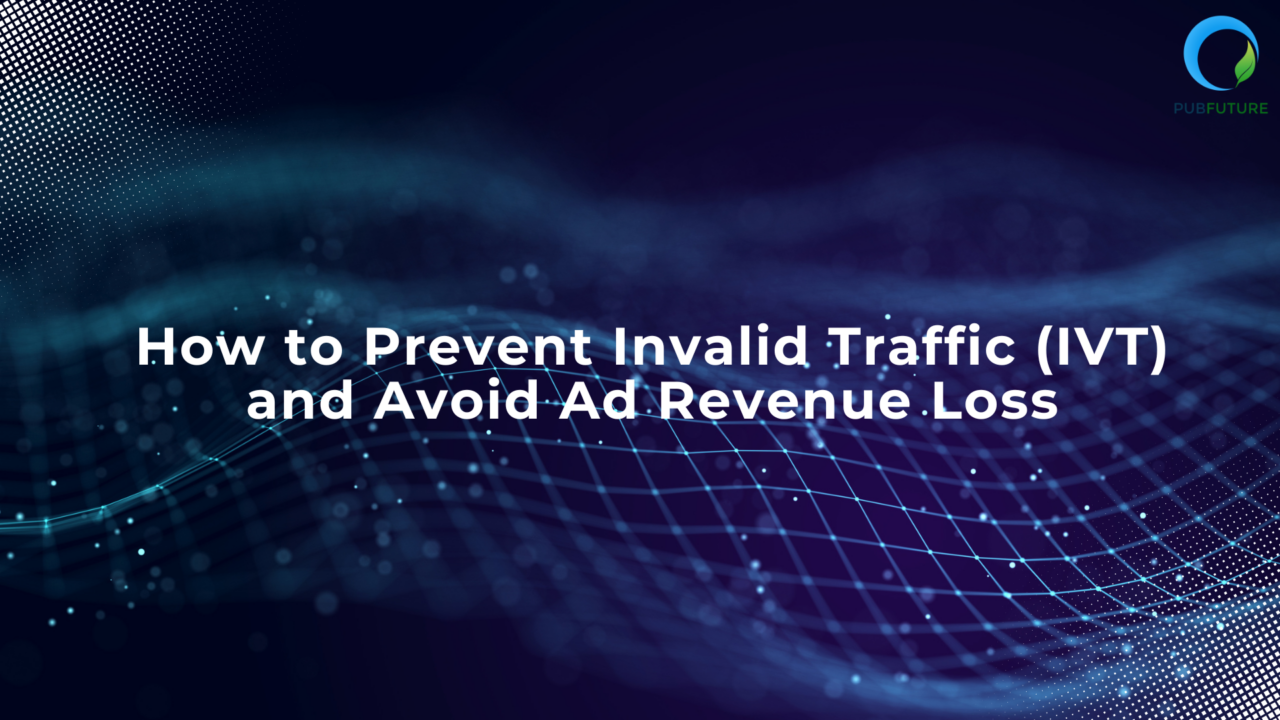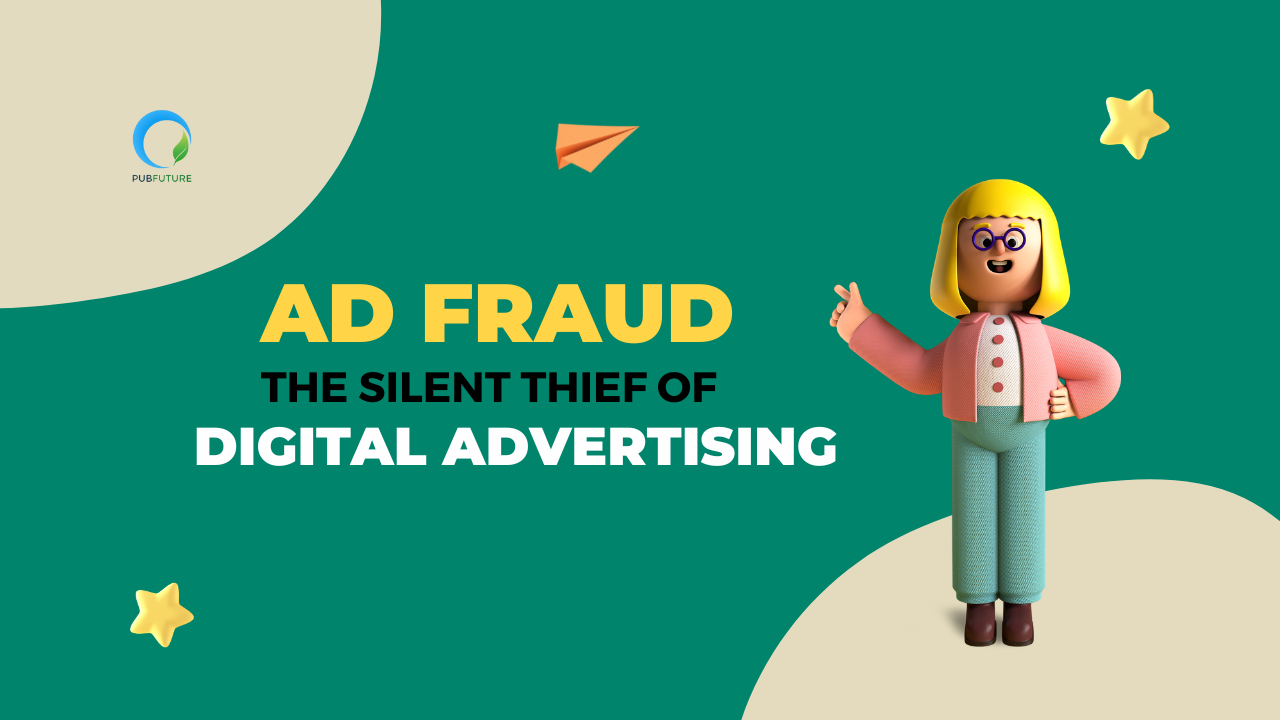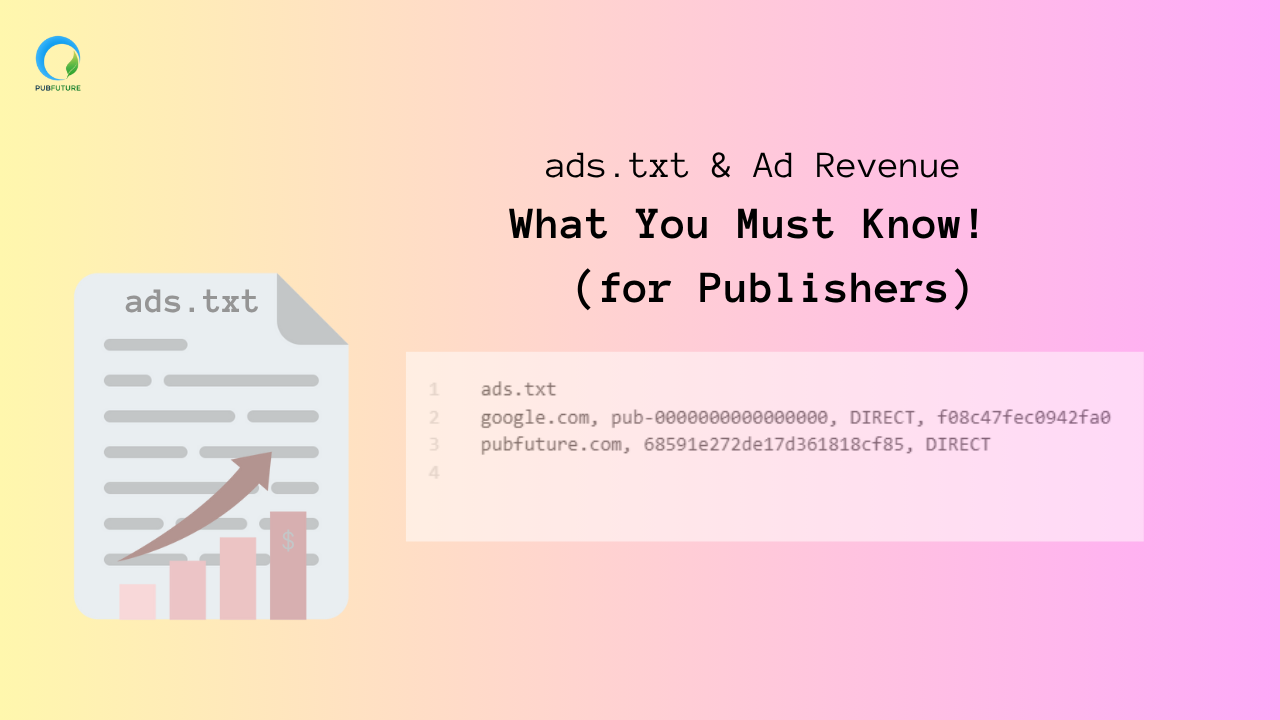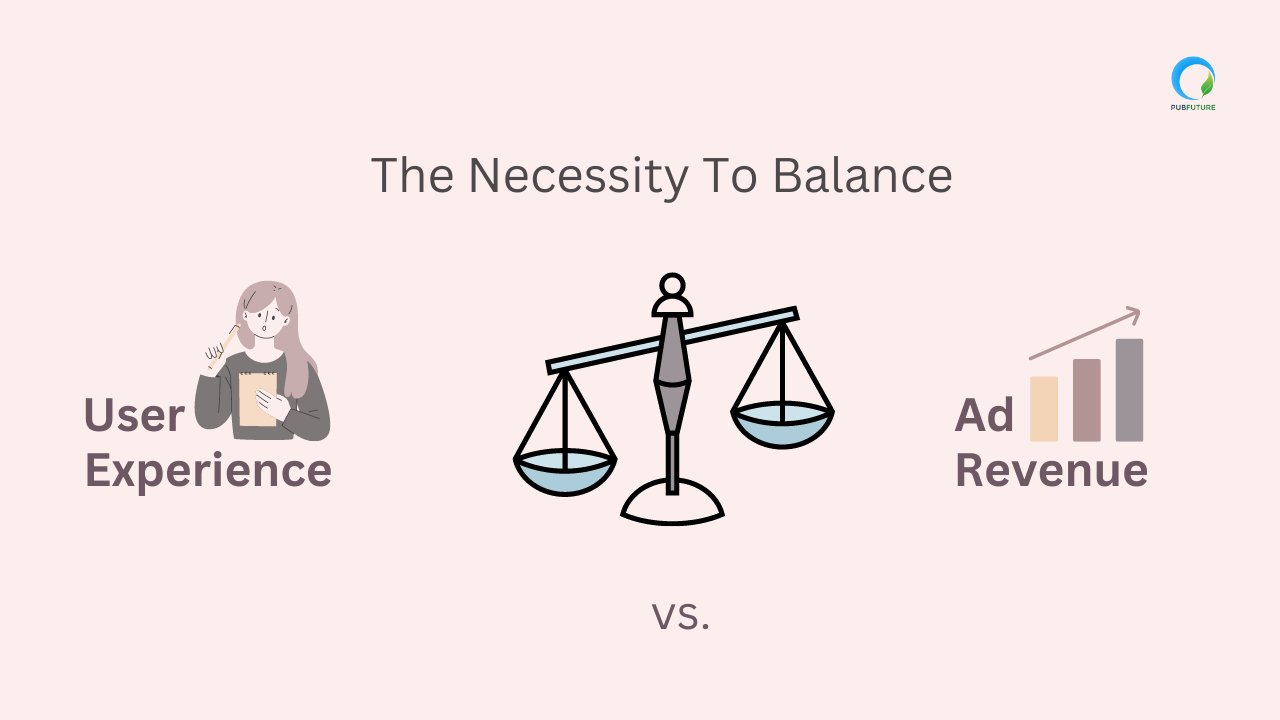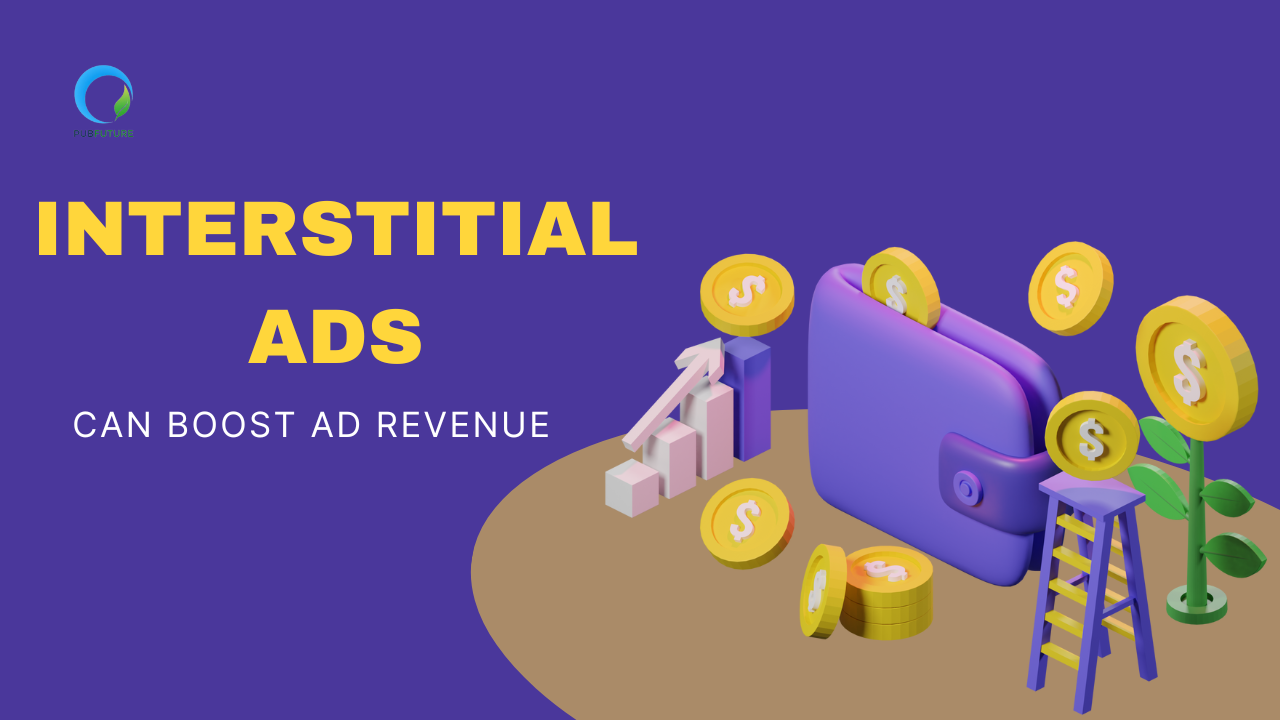Ad fraud is silently draining publishers’ earnings every single day. Whether you’re running a content-rich website or a niche blog, if you rely on digital ads for revenue—fraudulent activity is likely hurting your bottom line.
But what exactly is ad fraud? And more importantly, how can you detect and prevent it before it kills your profits?
This article breaks down the real impact of ad fraud on publishers, common fraud types, and proven strategies to protect your revenue.
1. What is Ad Fraud in Digital Advertising?
Ad fraud refers to any fraudulent activity that manipulates ad impressions, clicks, or traffic to generate revenue dishonestly. It typically involves bots, fake websites, or spoofed domains simulating real user engagement.
Common Examples:
- Click fraud – Bots or hired workers click on ads to inflate costs.
- Impression fraud – Fake impressions are generated to drive up CPM revenue.
- Domain spoofing – Fraudsters misrepresent low-quality sites as premium inventory.
- Pixel stuffing – Ads are crammed into invisible pixels, generating fake views.

2. The Impact of Ad Fraud on Publishers
1. Lost Revenue
- Advertisers reduce spend or blacklist sites involved in suspicious activity.
- Genuine engagement is undervalued due to inflated performance metrics.
2. Damaged Reputation
- Partnerships with premium advertisers may be terminated.
- Search engines like Google may penalize or suspend accounts.
3. Skewed Analytics
- Difficult to track true audience behavior and campaign effectiveness.
- Leads to poor decision-making in content and monetization strategies.
4. Lower CPM and Fill Rates
- Demand-side platforms (DSPs) lower bids on suspicious traffic.
- High-quality advertisers avoid high-risk placements.
5. Wasted Resources
- Time and money spent analyzing false data or resolving policy violations.
3. Signs Your Site Might Be Affected by Ad Fraud
- Sudden spikes in traffic from unusual geos or devices.
- Very high bounce rates with very short time on site.
- Inconsistent CTR (click-through rates) that don’t align with industry benchmarks.
- Advertisers complaining about poor ROI.
4. How to Protect Your Site from the Impact of Ad Fraud
1. Use a Reliable Ad Tech Partner
Choose ad platforms that offer fraud detection technology and transparency. For example, PubFuture partners with verified demand sources and real-time monitoring.
2. Enable Ads.txt and Sellers.json
These files tell advertisers which networks are authorized to sell your inventory. It builds trust and limits spoofing.
3. Implement AI-Powered Fraud Detection
Use tools like White Ops, Integral Ad Science, or MOAT to detect invalid traffic and anomalies.
4. Monitor Analytics Daily
Track traffic sources, time on site, device types, and geography. Flag anything that looks unnatural.
5. Avoid Shady Traffic Sources
Don’t buy traffic from unknown vendors or click farms. Organic, SEO-driven growth is safer and more sustainable.
6. Set Up Viewability Tracking
Only serve ads where real users are actually seeing them. Hidden placements can be red flags for fraud.
Conclusion: Combatting the Impact of Ad Fraud on Publishers
Ad fraud is a real and growing threat to digital publishers. Left unchecked, it eats away at your ad revenue, damages your reputation, and disrupts long-term growth.
But you don’t have to accept it. By understanding the impact of ad fraud on publishers, using smart tools, and partnering with trustworthy platforms, you can fight back—and win.
Ready to protect your revenue and boost real engagement?
👉 Sign up for PubFuture today and get access to fraud-free, high-paying ad demand.
Stay in control. Stay profitable.





